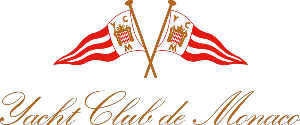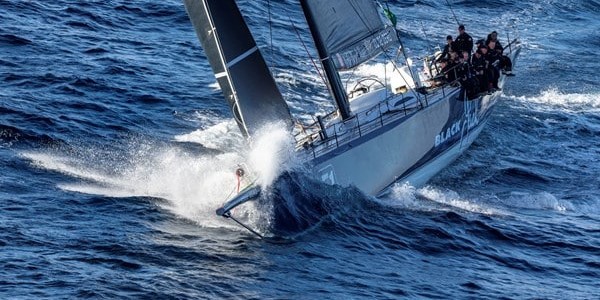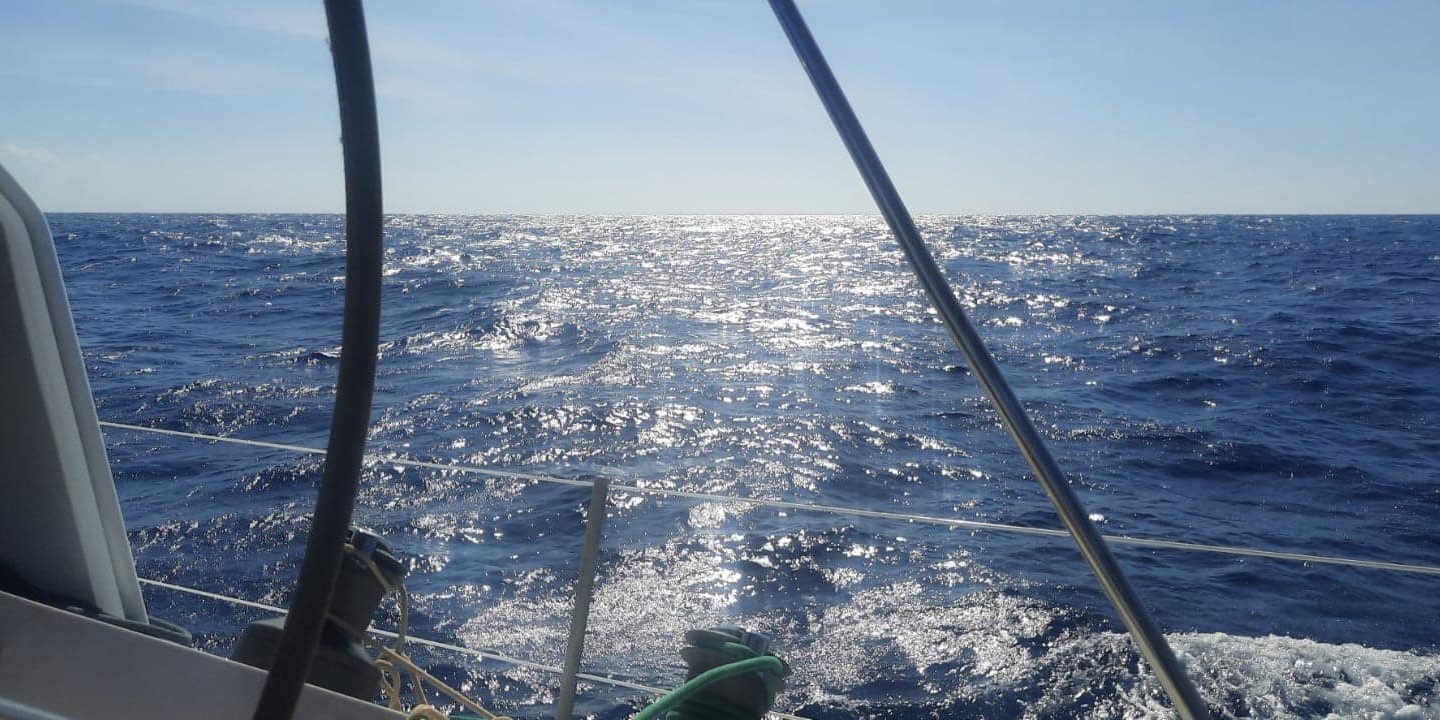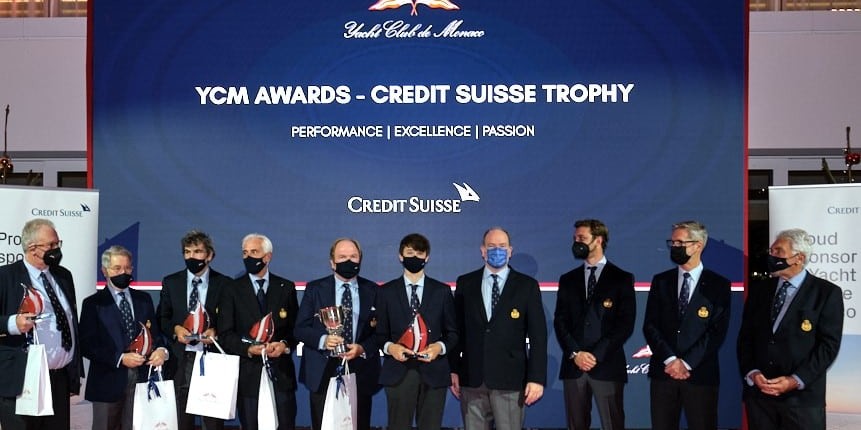Sir Ernst Expedition
Jean-Baptiste Charcot over-wintered twice in the Antarctic, the first aboard the Le Français (1903-1905) and the second on Le Pourquoi Pas ? (1908-1910).
The purpose of the expedition was to over-winter there, exploring the north and northwest shores of Graham Land and recording scientific observations. Charcot changed the name of his ship that was being built in the Gautier yard in St Malo – like previous ones she should have been called Le Pourquoi Pas ? and would have been the fourth – and renamed her Le Français, as a way of thanking all the French readers who had followed his initiative in the newspaper Le Matin, which raised 150,000 francs, a third of the total budget.
Charcot, passionate as always but with reason, also wanted to establish his patriotic intentions writing: “in the South we are sure to succeed, to succeed very well, as there are few explorations [in that region] and one can say that it is enough just to go there to find something new and have one of our finest hours”. Le Français was exceptionally well-built to withstand such a navigation without danger; the Achilles heel would prove to be its 125hp engine, for a torpedo boat, condemned and sold on second-hand, about which Charcot would write that it was obviously underpowered for the boat “but as we didn’t have enough money to buy another, we had to be content”.
The destination therefore was Graham Land, part of the Antarctic Peninsula discovered by an English seal hunter, John Disco, in 1832 and named in honour of Sir James Graham, 1st Lord of the Admiralty at the time.
It was lucky he had the money raised from Le Matin, as support for Charcot’s project from officials was lukewarm. Admittedly the President of the Republic and the expedition’s patron, Emile Loubet, and the Ministry of Public Instruction gave a generous donation, the Société de Géographie bestowed its patronage and funding, as did the Académie des Sciences and the national Natural History Museum.
He also received advice from the Bureau des Longitudes, while the Navy minister would arrange for 100 tons of coal to be delivered and loaned some scientific instruments, and the Minister of War authorised a consignment of melinite to be used as an explosive!
For the voyage, Charcot had brought together a “general staff” of five to whom was added the Belgium Adrien de Gerlache for his experience navigating through ice, reinforced by his overwintering experience albeit unintentional. There was also a crew of 14.
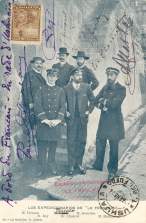
The expedition set off from the port of Le Havre on 15th August 1903, a freak accident occurring almost immediately during a manoeuvre which cost the life of a seaman called Maignan. Le Français had to turn back and Charcot was very upset by the incident. However, the whole crew were not to be demoralised by this challenge or “(bad) luck of the sea”, and set out again “without apprehension”, wrote Pleneau, a member of the general staff (we will come across him again further south under the name of an island that Sir Ernst knows well). Mariners are superstitious by nature and is why the slightest sign outside of normal life leads to speculation. It’s the reason why to avoid bad luck no animals with big ears are allowed on board! In the end, the expedition finally left Brest in August after taking on the coal donated by the Navy Ministry.
After a two-month crossing, with stopovers in Spain, Madeira and Cape Verde, there was an unscheduled stop in Brazil at Pernambuco (first on the Brazilian coast after Recife) where Gerlache, Bonnier and Perez disembarked.
There was then a long stopover in Buenos Aires where the Argentinians were “amazed”, according to Charcot, and the mission having taken on supplies and being in good heart arrived in Ushuaia, the last stage before the unknown vistas of the Great South (north of the Beagle Channel – the south and Cape Horn islands and Wollaston Islands are Chilean). Le Français eventually left Ushuaia in January.
The three who disembarked at Pernambuco, Belgium explorer Gerlache and the French naturalists Bonnier and Perez, had already sailed and collaborated on an expedition project to the Kerguelen Islands in 1900-1901 aboard the Sélika. Officially Gerlache left to join his fiancée in Belgium; unofficially there was a lot of tension between Charcot and Gerlache and the atmosphere on board suffered as a result. Therefore Gerlache had to get off as soon as possible, in Brazil, before Le Français began her descent to the south.
Charcot, as Sir Ernst does today, took the traditional route across the Atlantic, which involves going down the African coast as far as the equator before heading to Brazilian shores on the other side.
Sailors take advantage of the northeast trade winds from the Canaries, then to avoid the Doldrums that stretch across between African and South American shores they look for the southeast trades.
Dernières publications
29 December 2021
Black Jack line honours victory
Rolex Sydney Hobart Yacht Race 2021 In the early hours of Wednesday 29th December the…
28 December 2021
New video on our YouTube channel
Sir Ernst Expedition Over the last seven-plus years, the crew on Sir Ernst has recorded many…
17 December 2021
Giangiacomo Serena di Lapigio recognised
YACHT CLUB DE MONACO WINTER COCKTAIL YCM AWARDS - TROPHÉE CREDIT SUISSE 2021 16th December 2021…
